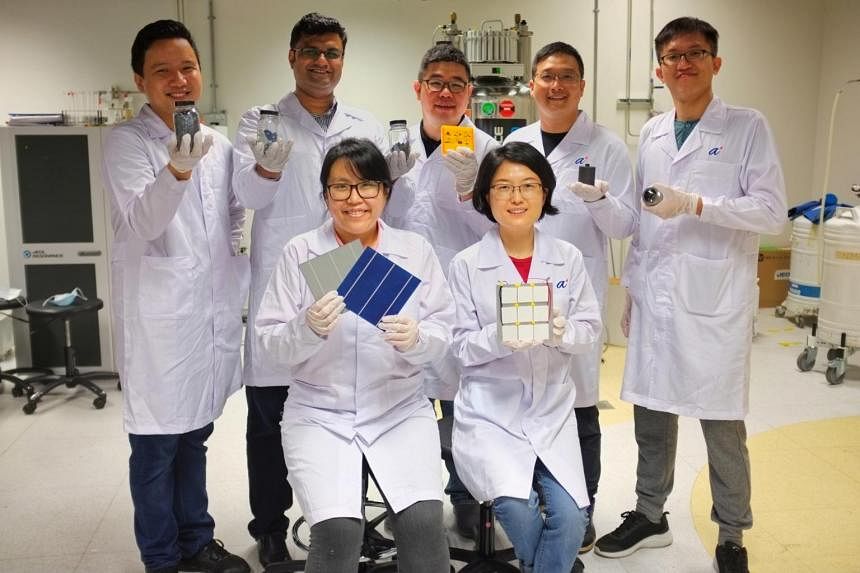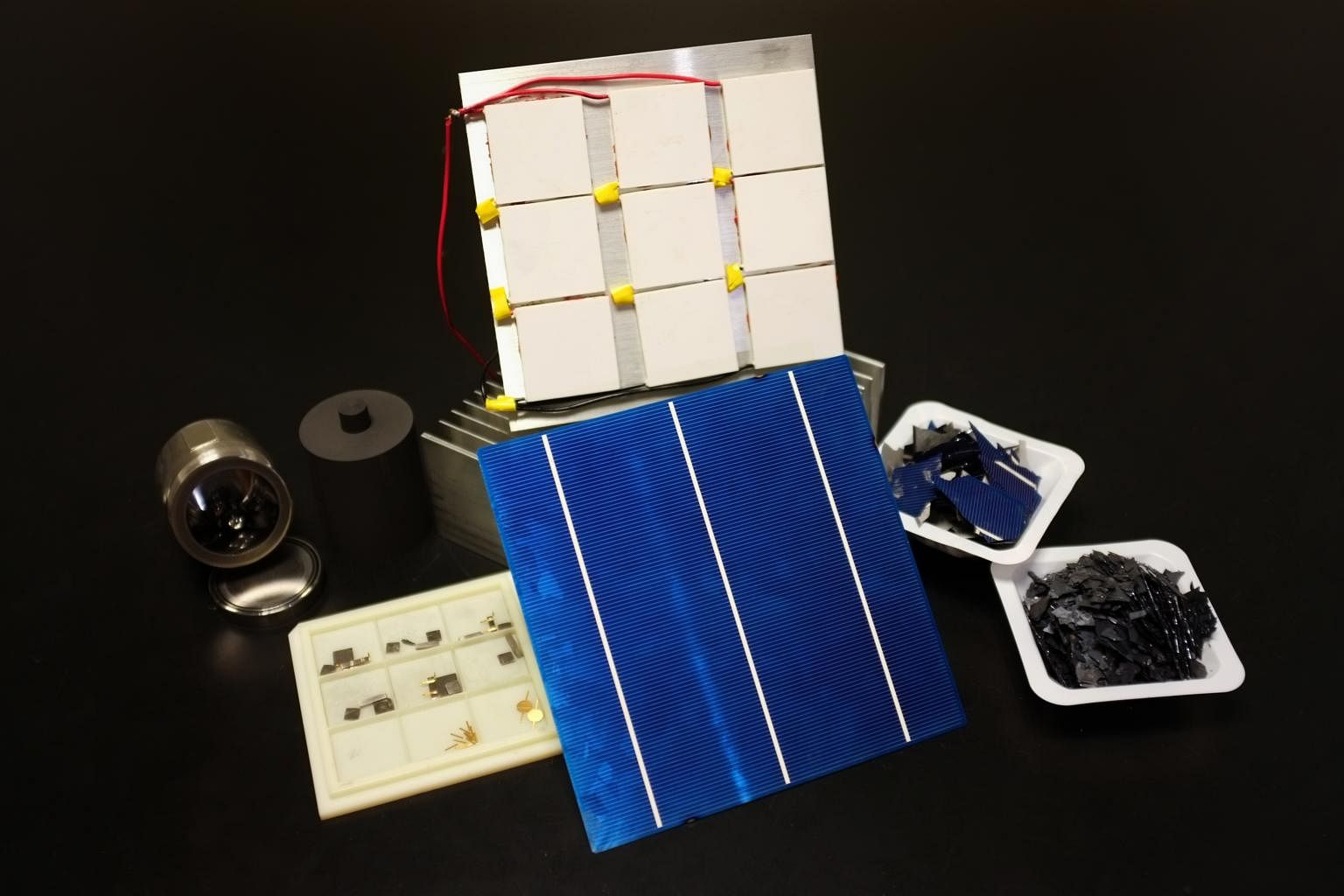
Biomimicry in Sustainable Design
The construction industry is very energy intensive. Steel and concrete, both popular materials in construction, are very carbon-intensive in their production. Many of the emissions from concrete production are attributed to burning fossil fuels such as oil and natural gas, which heat up the limestone and clay that becomes Portland cement. There is an opportunity for the construction industry to shape a nature-positive economy from the city to the building design and material and component levels.
The Mobius Project, a greenhouse designed by Iguana Architects, uses biomimicry in sustainable design by drawing inspiration from how ecosystems in nature work. They are committed to revolutionizing food production by turning waste into locally grown, low-carbon nutritious food. The biological waste can also be turned into methane to generate electricity for the greenhouse. In their closed cycle with zero waste, one organism’s waste becomes the next’s input. The idea for the Mobius Project came from observing the oak tree, which has the potential to reuse its output resources, including materials, energy and water.
The Eden Project, designed by exploration architecture, uses biomimicry in sustainable design with a giant greenhouse inspired by the biblical Garden of Eden. It was designed to resemble soap bubbles, carbon molecules, and radiolaria. The idea was that the soap bubbles would be optimally positioned in the sun to allow for complete self-healing. They also took inspiration from dragonfly wings for the best way to assemble steel pieces, allowing for a lightweight structure that required fewer carbon emissions to transport from place to place.
Designers have also looked at lotus leaves to decrease the need for protective finishings, which are usually toxic. The lotus leaf has tiny hairs covered with a waxy coating that allows it to stay dry. Water that hits the leaf will roll off the waxy nonpolar coating. This has inspired a protective coating for external areas that will repel water and dirt, which reduces the need for maintenance. Moreover, reducing the water accumulation in buildings will reduce deterioration mechanisms in infrastructures, such as steel corrosion, sulphate attacks, freezing and thawing.
Limestone-producing bacteria can be used to extend a building’s lifespan. Certain bacteria can produce limestone, filling the gaps and cracks that affect concrete structures over time. This can reduce the need to use new concrete for repairs.
Learning from nature and imputing the way nature works into our designs and in the construction industry can make our built environments more sustainable. There’s so much we can learn from nature; the more we discover, the more we can work toward reducing our impact on the planet.
Source Happy Eco News








